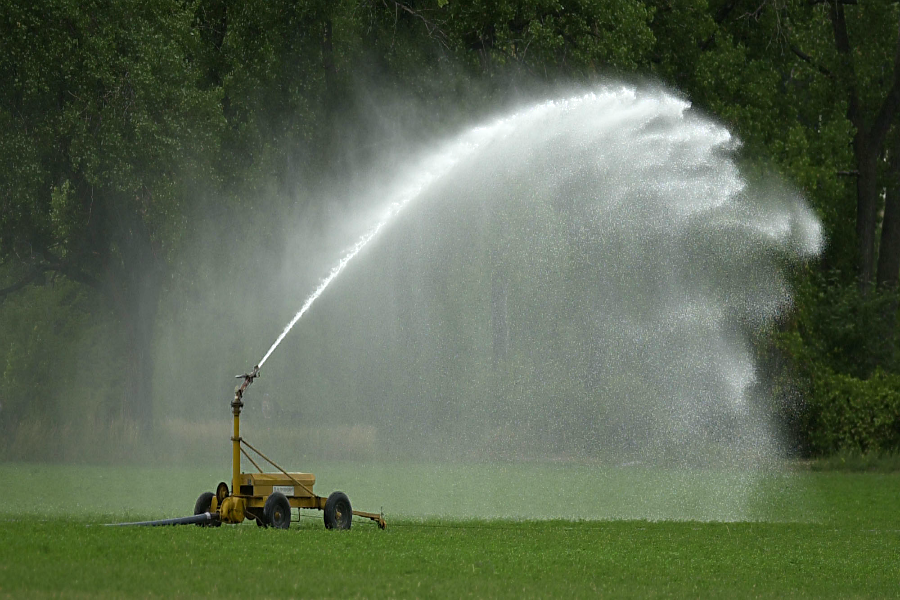How much groundwater is there?
Loading...
About six quintillion gallons. That's the amount Earth's total supply of groundwater, according to an international team of hydrologists.
This research, published Monday in the journal Nature Geoscience, represents the first the first data-driven estimate of the amount of water in our planet's soil, sand, and aquifers. Up until now, scientists have relied on crude estimates conducted in the 1970s.
"We already know that water levels in lots of aquifers are dropping," said Tom Gleeson of the University of Victoria in a release. "We’re using our groundwater resources too fast – faster than they’re being renewed."
Less than six percent of groundwater within a mile of the Earth’s surface is renewable within a human lifetime, say the researchers.
This top section of groundwater, called "modern," is less than 50 years old. It is both the most renewable groundwater resource and the most vulnerable to industrial and agricultural contamination.
"This global view of groundwater will, hopefully, raise awareness that our youngest groundwater resources – those that are most sensitive to anthropogenic and natural environmental change – are finite,” said Ying Fan Reinfelder, a geologist at Rutgers University who was not involved in the study.
To determine the planet's total volume of "modern" groundwater, scientists measured global levels of tritium, a radioactive isotope of hydrogen fused into groundwater supplies by mid-century above-ground thermonuclear testing.
They found 3,700 tritium measurements in groundwater from 55 countries.
Dr. Reinfelder said future researchers might look to the Earth's ancient stores of water for information about our planet's past.
This paper "hints at the sluggishness and the vastness of the world's older groundwater stores, which may record the climate and tectonic history over centuries, millennia, or even millions of years," she said.
Most people assume that lakes and clouds hold most of the water in Earth's freshwater cycle, but that's not true.
"Although the volume of modern groundwater may appear small at first glance, it is still much larger than all other components of the active hydrological cycle such as water in rivers, lakes, and the atmosphere," said paper co-author Elco Luijendijk from Göttingen University’s Geoscience Centre in a release.
"Knowing the volume of modern groundwater is important because it is a more renewable resource than older stagnant groundwater," says Dr. Luijendijk. "However, modern groundwater is also more vulnerable to climate change and contamination by human activities."
Gleeson said the next step for their team is to take these new estimates of young groundwater and combine them with local estimates of groundwater use.
"We want to find out how long before we run out of this critical resource," he said.







